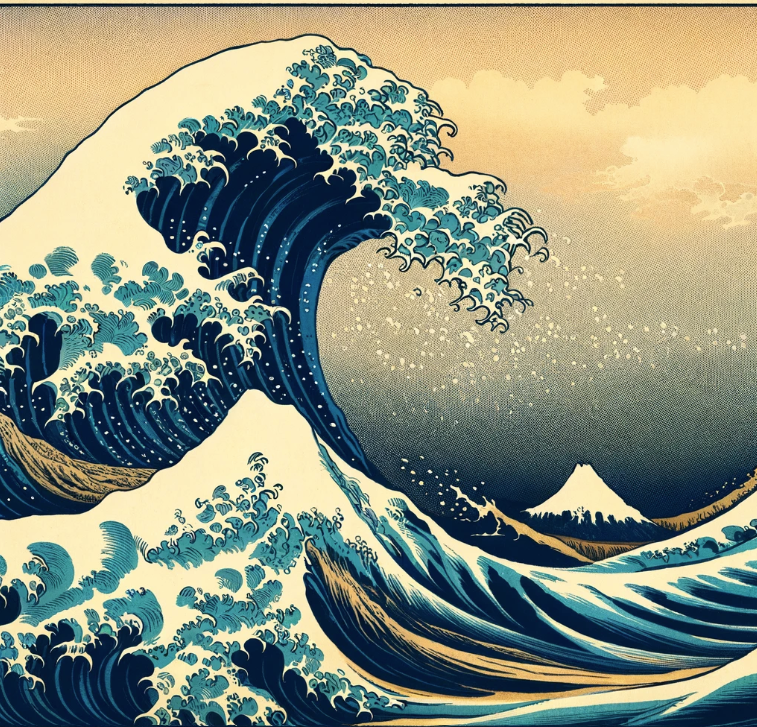The "Surfing the Urge" technique is an informal mindfulness practice designed to help individuals recognize and manage their impulses without acting on them, particularly useful in managing behaviors like aggression or self-harm. The technique draws on the metaphor of surfing to teach how to navigate difficult emotional waves. Here’s a detailed description:
Recognition of the Urge: The first step involves becoming aware of the urge to act in a certain way (e.g., becoming verbally or physically aggressive). It’s about noticing the early signs of emotional escalation within oneself, such as rising anger or frustration.
Acceptance and Observation: Instead of immediately reacting to these feelings or trying to suppress them, individuals are encouraged to accept their presence without judgment. They observe these urges as they are, recognizing them as temporary states that do not require action.
Using Breath as a Surfboard: The core metaphor of this technique is imagining one's breath as a surfboard. Just as a surfer uses a board to navigate waves, individuals use their breath to ride out the emotional wave. Breathing becomes the stabilizing force that allows them to maintain balance and not be overwhelmed by their impulses.
Mindful Breathing: Participants are taught to focus on their breathing—observing the inhalation and exhalation, the rise and fall of their chest, and the sensation of air moving in and out of their nostrils. Focused, attentional breathing helps divert the mind from the urge and provides a grounding effect.
Letting the Wave Pass: The technique emphasizes that, like a wave, an urge will rise, peak, and eventually dissipate. By maintaining their focus on breathing and not acting on the urge, individuals can watch this process unfold. The goal is not to eliminate the feeling but to manage one's response to it effectively.
Reflection: After the urge has passed, individuals can reflect on the experience, acknowledging their ability to manage their responses, which reinforces the practice and empowers them to continue using the technique in future situations.

